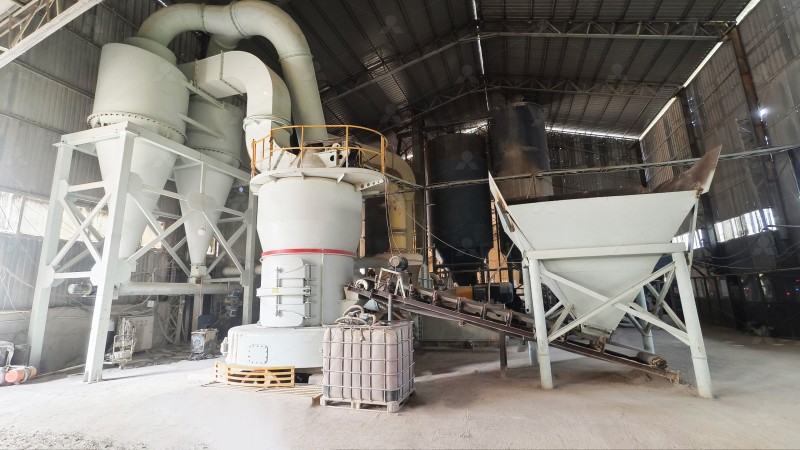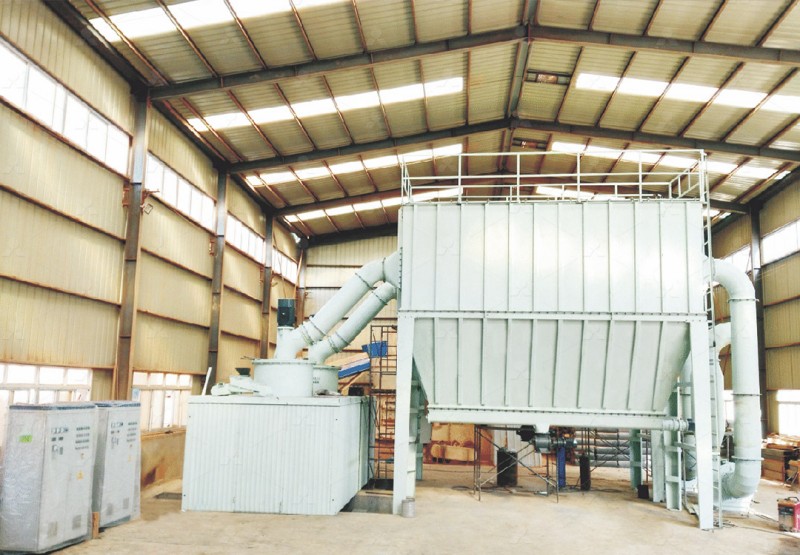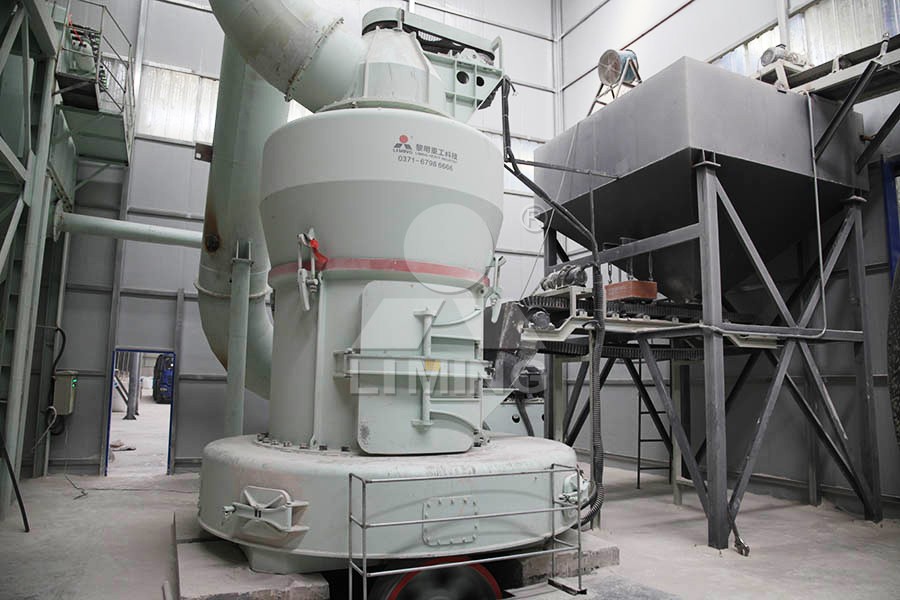How to Determine the Right Size of 5R Raymond Mill for Your Needs
How to Determine the Right Size of 5R Raymond Mill for Your Needs
Selecting the proper grinding equipment is crucial for optimizing your production efficiency and achieving desired product quality. When considering a 5R Raymond Mill for your operation, several key factors must be evaluated to ensure the machine matches your specific requirements. This guide will walk you through the essential considerations.
Understanding Your Production Requirements
The first step in selecting the right 5R Raymond Mill is thoroughly analyzing your production needs. Begin by calculating your required hourly or daily output capacity. Raymond Mills typically handle capacities ranging from 0.6 to 5 tons per hour, but this can vary based on material characteristics and fineness requirements. Consider both your current production volume and anticipated growth to avoid under-sizing or over-investing in equipment.
Next, examine your raw material properties. The hardness, moisture content, and initial particle size of your feed material significantly impact mill performance. Materials with higher moisture content may require additional drying capacity, while harder materials demand more robust grinding components. The desired final product fineness is equally important, as finer grinding typically reduces throughput capacity.

Key Technical Specifications to Evaluate
When comparing 5R Raymond Mill options, pay close attention to these critical specifications:
- Grinding Ring Diameter: The 5R designation typically indicates a larger grinding ring diameter compared to 3R or 4R models, directly affecting capacity
- Motor Power: Ensure your facility can provide adequate power, typically ranging from 75-132kW for 5R models
- Overall Dimensions: Verify the equipment will fit within your available space, including clearance for maintenance
- Dust Collection System: Assess the integrated dust control capabilities to meet environmental regulations
Beyond these basic specifications, consider the manufacturer’s reputation for quality, availability of spare parts, and technical support services. A reliable supplier can significantly reduce downtime and maintenance costs over the equipment’s lifespan.
When to Consider Alternative Grinding Solutions
While 5R Raymond Mills excel in many applications, certain scenarios may warrant considering alternative technologies. For ultra-fine powder requirements exceeding 325 mesh or specialized applications in chemicals, cosmetics, or advanced materials, our MW Ultrafine Grinding Mill presents a superior solution.
The MW Ultrafine Grinding Mill achieves fineness between 325-2500 meshes with exceptional precision, making it ideal for high-value additives and specialized powders. With its advanced cage-type powder selector technology and efficient pulse dust collector, this equipment delivers higher yields with 30% lower energy consumption compared to jet mills. The unique design eliminates rolling bearings and screws in the grinding chamber, significantly reducing maintenance concerns and enabling 24-hour continuous operation.

For operations requiring even higher capacity or specialized vertical configuration, our LUM Ultrafine Vertical Grinding Mill offers another excellent alternative. Integrating the latest grinding roller technology with German powder separating technology, this mill provides exceptional efficiency for superfine dry powder production of non-metal ores.
Economic Considerations and ROI Analysis
Beyond the initial purchase price, consider the total cost of ownership, including energy consumption, maintenance requirements, and expected lifespan. While 5R Raymond Mills typically offer lower initial investment, advanced alternatives like the MW series may provide better long-term value through reduced energy costs and higher productivity.
Calculate your expected return on investment by comparing production efficiency, maintenance costs, and product quality improvements. In many cases, the marginally higher initial investment in more advanced technology pays for itself within 12-18 months through operational savings.

Frequently Asked Questions
What is the typical capacity range for a 5R Raymond Mill?
Standard 5R Raymond Mills typically handle 0.6-5 tons per hour, though this varies based on material characteristics and desired fineness.
How does the MW Ultrafine Grinding Mill compare to traditional Raymond Mills?
The MW series achieves significantly finer powders (up to 2500 mesh), offers 40% higher production capacity at the same power consumption, and features more advanced dust collection and noise reduction systems.
What materials are suitable for the MW Ultrafine Grinding Mill?
This equipment excels with limestone, calcite, dolomite, petroleum coal, gypsum, barite, marble, talc, and various materials for chemical, paint, cosmetic, and food additive applications.
How important is after-sales support when selecting grinding equipment?
Extremely important. Quality technical support, readily available spare parts, and responsive service can significantly reduce downtime and maintenance costs over the equipment’s operational life.
Can these grinding systems be customized for specific applications?
Yes, reputable manufacturers typically offer customization options for specific material characteristics, production requirements, and space constraints to optimize performance for your unique application.
